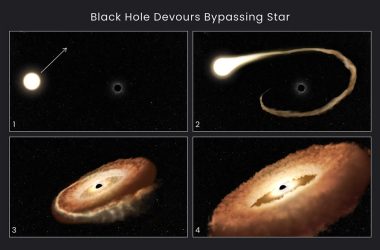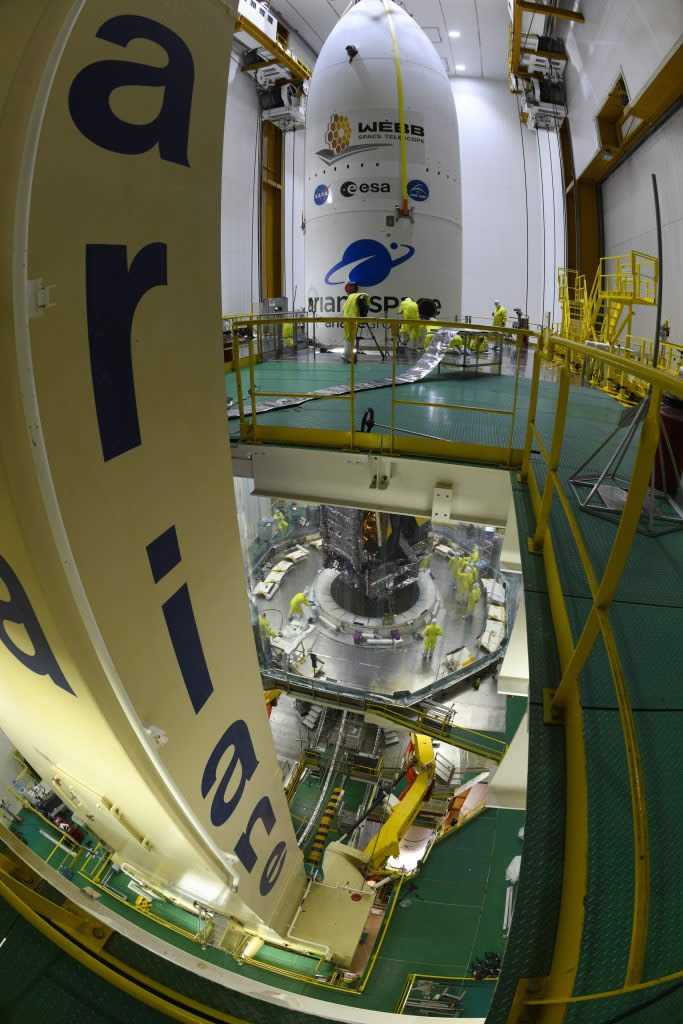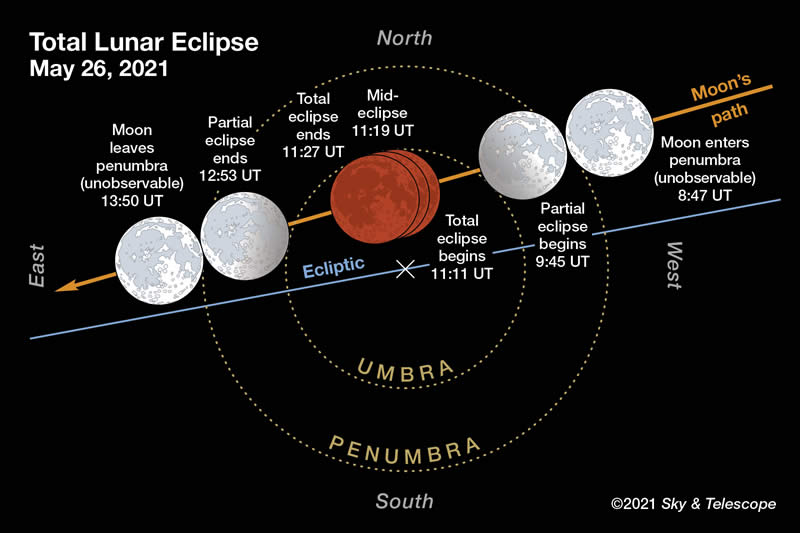
Download here (Credit: NOAA/NASA)
The first of six instruments that will fly on GOES-R, NOAA’s next-generation of geostationary operational environmental satellites, has been completed seven months before its scheduled installation onto the spacecraft.
The instrument, the Extreme Ultraviolet and X-ray Irradiance Sensors, or EXIS, will provide forecasters at NOAA’s Space Weather Prediction Center with some of the most important early warnings of impending solar storms. It will also give scientists a more accurate measure of the extremes in solar energy radiating toward earth, which can severely disrupt telecommunications, air travel, and the performance of power grids.
“Severe space weather has the potential to cause significant damage to the U.S. and global economy, so it’s critical GOES-R has this technology in place as quickly as possible to monitor it,” said Mary Kicza, assistant administrator for NOAA’s Satellite and Information Service.

GOES-R video. Download here (Credit: NOAA/NASA)
GOES-R, scheduled to launch in 2015, will be more advanced than NOAA’s current GOES fleet. The satellites are expected to more than double the clarity of today’s GOES imagery and provide more atmospheric observations than current capabilities with more frequent images. Data from the GOES-R instruments will be used to create many different products, enabling NOAA meteorologists and other users to better monitor the atmosphere, land, ocean and the sun, facilitating more timely and accurate forecasts and warnings.
The University of Colorado’s Laboratory for Atmospheric and Space Physics (LASP) built and tested EXIS.
EXIS will be shipped from the LASP site in Boulder to Lockheed Martin Space Systems Co. in Littleton, Colo., later this year to be installed onto the spacecraft. Lockheed is building the GOES-R spacecraft.

GOES-R. Download here (Credit: NOAA/NASA)
The remaining GOES-R instruments to be delivered are:
- the Advanced Baseline Imager, the primary instrument on GOES-R for imaging Earth’s weather, climate, and environment;
- Geostationary Lightning Mapper, which will provide for the first time a continuous surveillance of total lightning over the western hemisphere from space;
- the Space Environment In-Situ Suite, which consists of sensors that will monitor radiation hazards that can affect satellites and communications for commercial airline flights over the poles;
- the Solar Ultraviolet Imager, a high-powered telescope that observes the sun, monitoring for solar flares and other solar activity that could impact Earth, and
- the Magnetometer, which will provide measurements of the space environment magnetic field that controls charged particle dynamics in the outer region of the magnetosphere. These particles can be dangerous to spacecraft and human spaceflight.
NOAA manages the GOES-R Series Program through an integrated NOAA-NASA program office, staffed with personnel from NOAA and NASA, and co-located at NASA’s Goddard Space Flight Center in Greenbelt, Md.
“We’re just a few years away from seeing significant improvements in the way NOAA will serve the public with even better weather forecasts and warnings,” said Greg Mandt, director of the GOES-R Series Program..
NOAA’s mission is to understand and predict changes in the Earth’s environment, from the depths of the ocean to the surface of the sun, and to conserve and manage our coastal and marine resources. Join us on Facebook, Twitter and our other social media channels.
Source: noaa.gov








